Hello friends,
I hope you had a few wonderful days surrounded by loved ones and relaxation!
Let’s dive into the bad news of the week and the good news. I will answer your most common questions and end on my silver lining.
Dr. Dina, what is the bad news?
Over 276 MILLION people have been infected with COVID worldwide, and over 5.3 MILLION have died.
There have been over 1.9 MILLION cases of COVID-19 reported in Canada, with over 30,000 deaths.
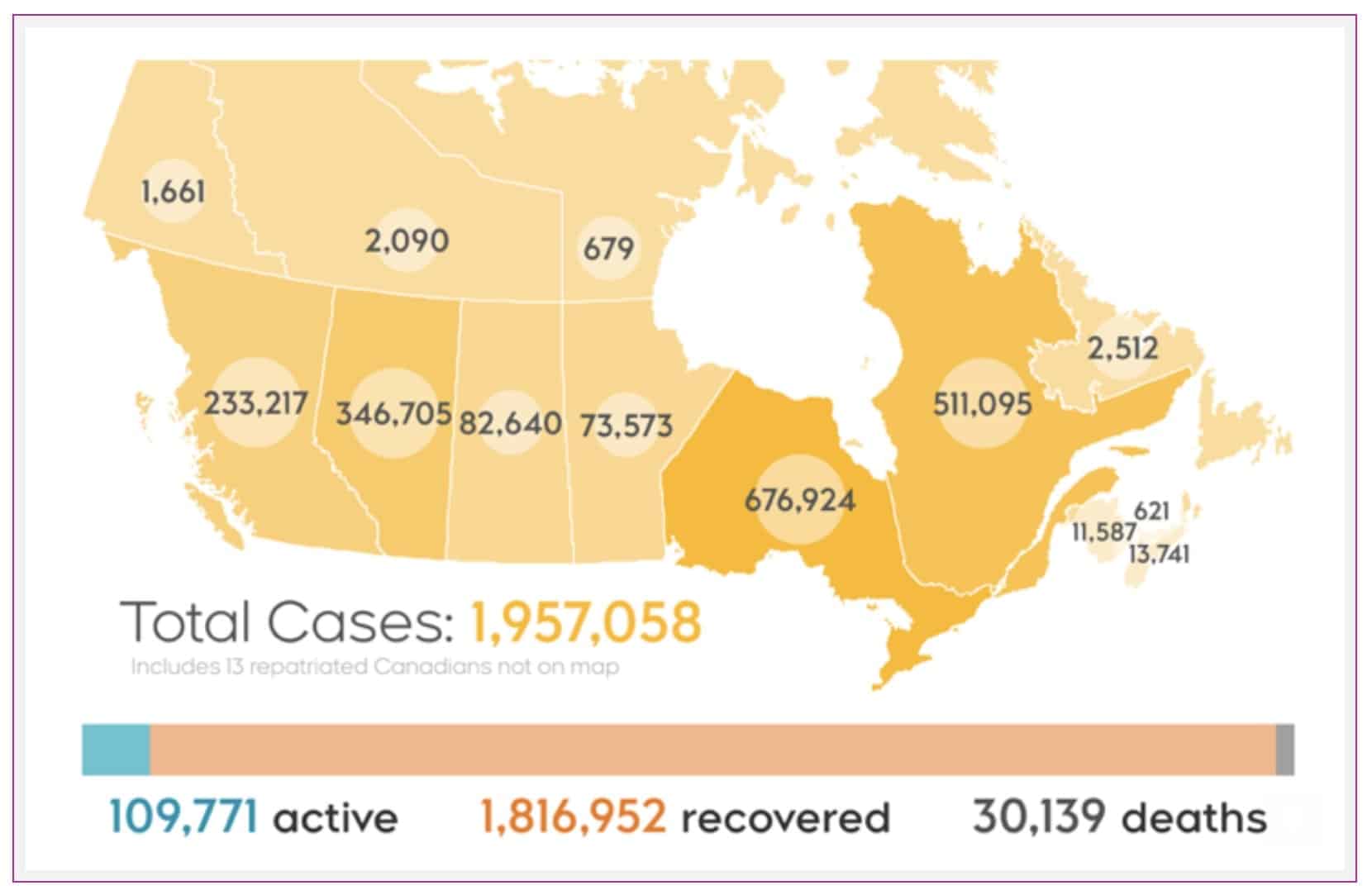
Canada continues to break records for COVID cases. With over 10,000 new cases a day, which is likely a significant underestimate (due to long wait times to get tested, and some test positive on rapid tests and do not follow up with a PCR test). The Omicron variant is increasingly responsible for rapidly rising cases.
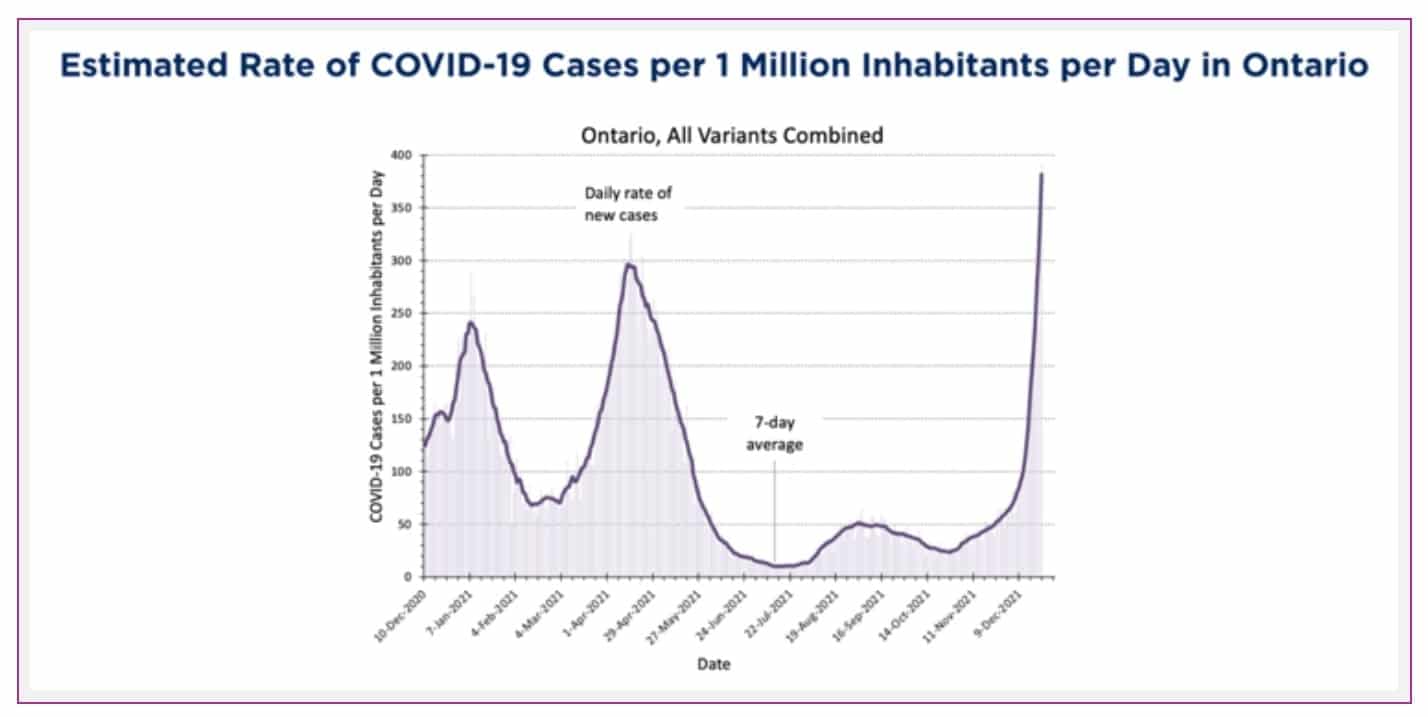
Montreal is in a renewed state of emergency. British Columbia, Nova Scotia and Newfoundland and Labrador implemented tighter restrictions last week, and other provinces are likely to follow suit.
According to Ontario’s Ministry of Health, the positivity rate stands above 15%. Ontario may soon provide limits on access to PCR and rapid antigen tests due to high testing volume.
According to the World Health Organization, countries across Europe are likely to see a significant surge in cases soon. Omicron has been reported in at least 40 of the WHO’s 53 European members and is the dominant variant in the United Kingdom, Denmark, and Portugal.
What is the good news?
Over 86% of Canadians 5 and older have received their first COVID vaccine, and 81% are fully vaccinated. Over 8.8 BILLION vaccines have been given worldwide, representing 57% of the world receiving their first dose, and 48% have received both.
Vaccination is very helpful in preventing severe illness and death.
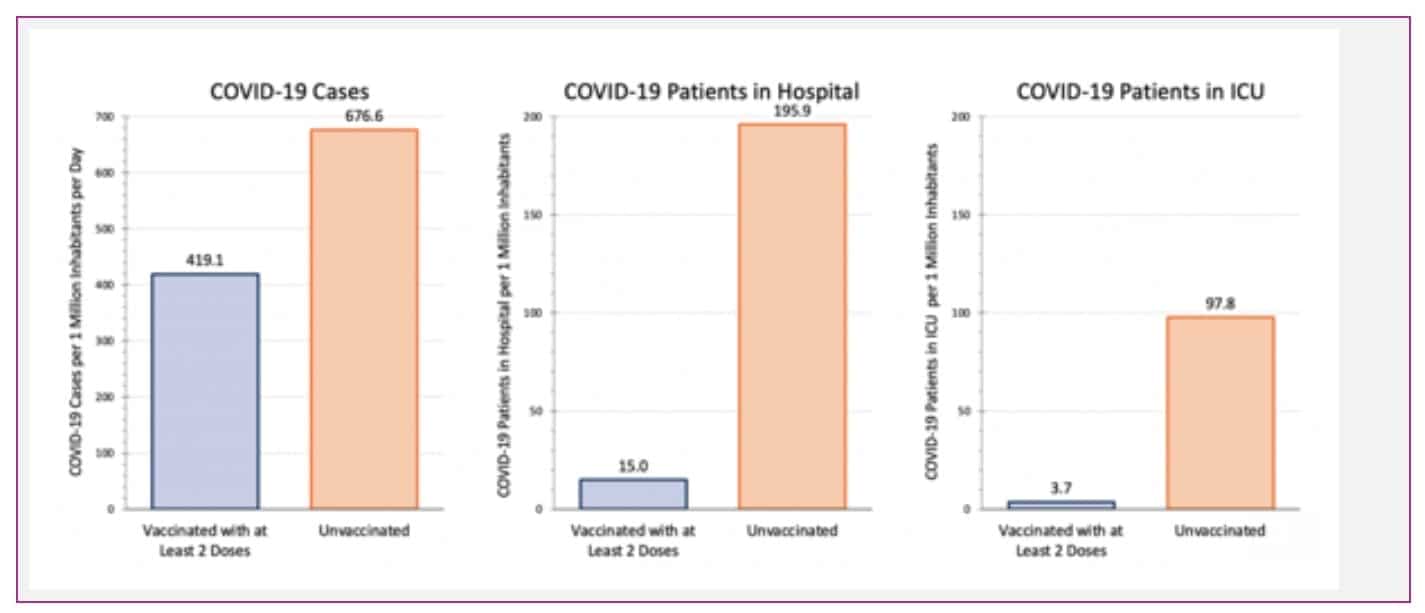
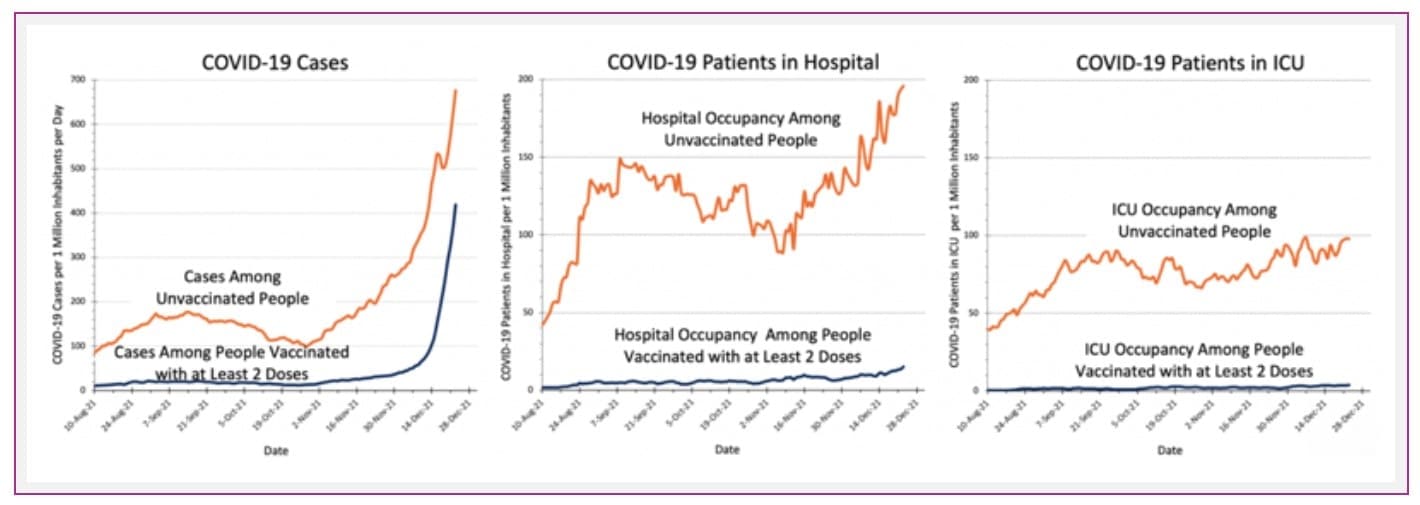
Moderna says they will start working on a new booster shot targeting the Omicron variant in the coming weeks. They are waiting on more details about the new variant before beginning development.
Most common questions of the week
What do I do if I rapid test positive?
What to do next depends on where you live and how overwhelmed testing centres are in your area. Rapid tests are less accurate than PCR tests, so it is best to confirm the result with a PCR test. With cases as high as they are right now, if you have a positive rapid test, mainly if you are symptomatic, assume you have COVID and isolate. If you can’t get a PCR test, consider yourself COVID-positive and isolate until a test becomes available or your isolation period has ended.
What do I do if I have symptoms of COVID-19?
The most common symptoms of Omicron are the same as the common cold: sore throat, sneezing, runny nose, and headache. That is why you should assume you have COVID unless a PCR test is negative.
If you can access a PCR test, this is the gold standard. Isolate until you get your results and continue to isolate if you test positive.
How do I isolate?
Isolation means staying home and away from people, including those you live with. This applies to people in your house who are fully vaccinated and unvaccinated. Double (and even triple) vaxxed individuals are still getting Omicron. While being vaccinated can protect against severe illness and death, they are still at risk.
Stay in a separate room from other family members. Use a different bathroom if this is accessible. Stay at least 2 meters apart and wear a good mask (ideally an N95 or Kn95).
Dr. Theresa Tam, Canada’s chief public health officer, says to imagine COVID-19 is a cloud of smoke around the infected person. The closer you are, the denser the smoke, and the more likely you will be infected.
When can I come out of isolation?
Your local public health unit can offer the best advice based on local COVID risks. The World Health Organization’s general rule is to isolate for ten days after symptoms start or a positive rapid test and another three days after the symptoms have cleared up.
The same goes if you have been exposed to COVID but have not been tested.
I had close contact with a confirmed or suspected COVID-19 case. What should I do?
Contacts of a suspected or confirmed COVID case should get tested if possible.
Close contacts should isolate as strictly as those who have suspected or confirmed COVID.
How can I tell if I have Omicron?
Even if Omicron was confirmed on molecular testing, you will likely never find out what strain you have. The treatment and isolation protocols are the same.
What are the COVID treatment options?
If you are asymptomatic, you don’t require any treatment. Isolate and make sure you don’t get someone else sick. Mild illness is treated like any cold or flu: rest, fluids and fever medication are all most people need.
Get in touch with your healthcare provider, who can review your symptoms with you and suggest any options to make you feel more comfortable.
Call 911 if you have difficulty breathing, chest pain, confusion or difficulty waking up. Patients sick enough to require hospitalization may receive medication, oxygen, or respiratory support.
If you experience vomiting or diarrhea, ensure you take in enough fluids to prevent dehydration.
While Canada has ordered oral antiviral treatments for patients that can be taken at home to prevent severe disease, they have not yet been approved by Health Canada.
What is the Moderna Vaccine-First Approach?
In anticipation of a temporarily limited supply of adult/adolescent Pfizer COVID-19 vaccines, a Moderna-first approach has been initiated for people 30 years of age and older.
Both Moderna and Pfizer vaccines offer strong protection against COVID and its variants, and either one is recommended as a booster dose for most adults 30 years of age and older.
The National Advisory Committee on Immunizations (NACI) has recommended that both mRNA vaccines can be used interchangeably, and a mixed vaccine series is safe and effective against Omicron.
A mixed vaccine series is preferred to deferring vaccination based on product availability.
The Moderna COVID-19 vaccine induces a higher antibody level than the Pfizer vaccine. Vaccination and boosters with Moderna may also provide longer-lasting protection against infection and severe disease.
There is a slightly increased risk of myocarditis/pericarditis with the Moderna vaccine than Pfizer, particularly in people under 30.
Booster doses of the Moderna vaccine are half-doses (50 mcg rather than 100 mcg). Booster doses of the Pfizer vaccine are the same volume as doses in the primary series.
My silver lining of the week
Like many of you, our holiday plans were canceled last week. No big gatherings, no feasts with friends and family. We stayed in. We baked and cooked together. We played board games, did puzzles, and watched holiday-themed movies.
And it was lovely. It was quiet and intimate. Our kids were thrilled to connect with us without competition and savored getting all of our attention. We were blanketed in love and comfort and joy.
Happy Holidays everyone!



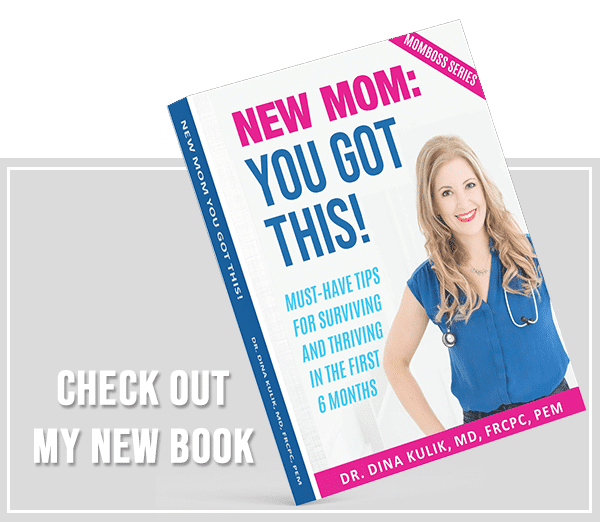



![[Dr. Dina News] IMPORTANT UPDATE re. VIRTUAL CARE](https://drdina.ca/wp-content/uploads/2021/01/dr-dina-kulik-kids-and-virtual-care-1a-400x250.jpg)
![[Dr. Dina News] COVID-19 Vaccine for Infants and Young Children.](https://drdina.ca/wp-content/uploads/2021/04/dr-dina-kulik-kids-and-vaccines-400x250.jpg)
![[Dr. Dina News] COVID-19 Vaccine for Infants and Young Children.](https://drdina.ca/wp-content/uploads/2022/04/DRD-1-400x250.jpg)






